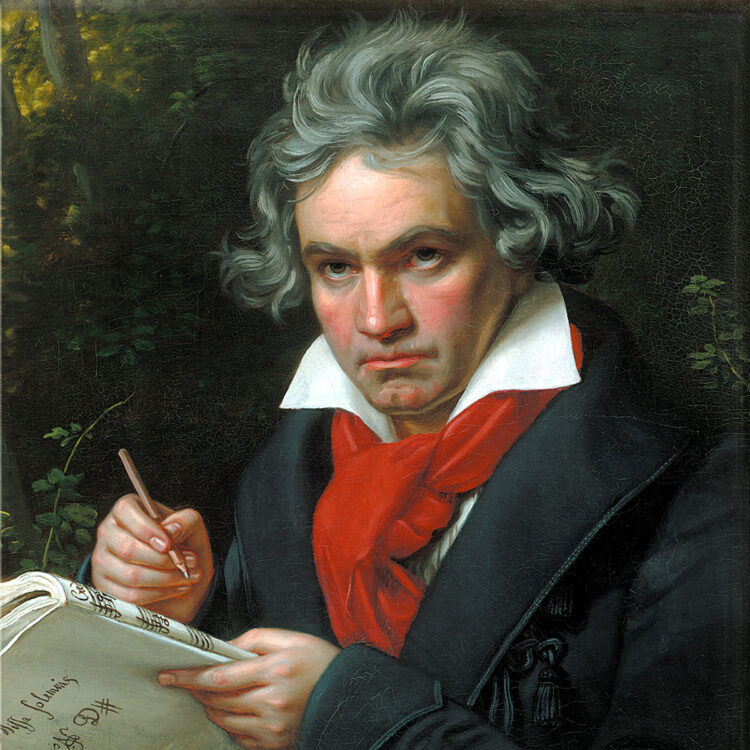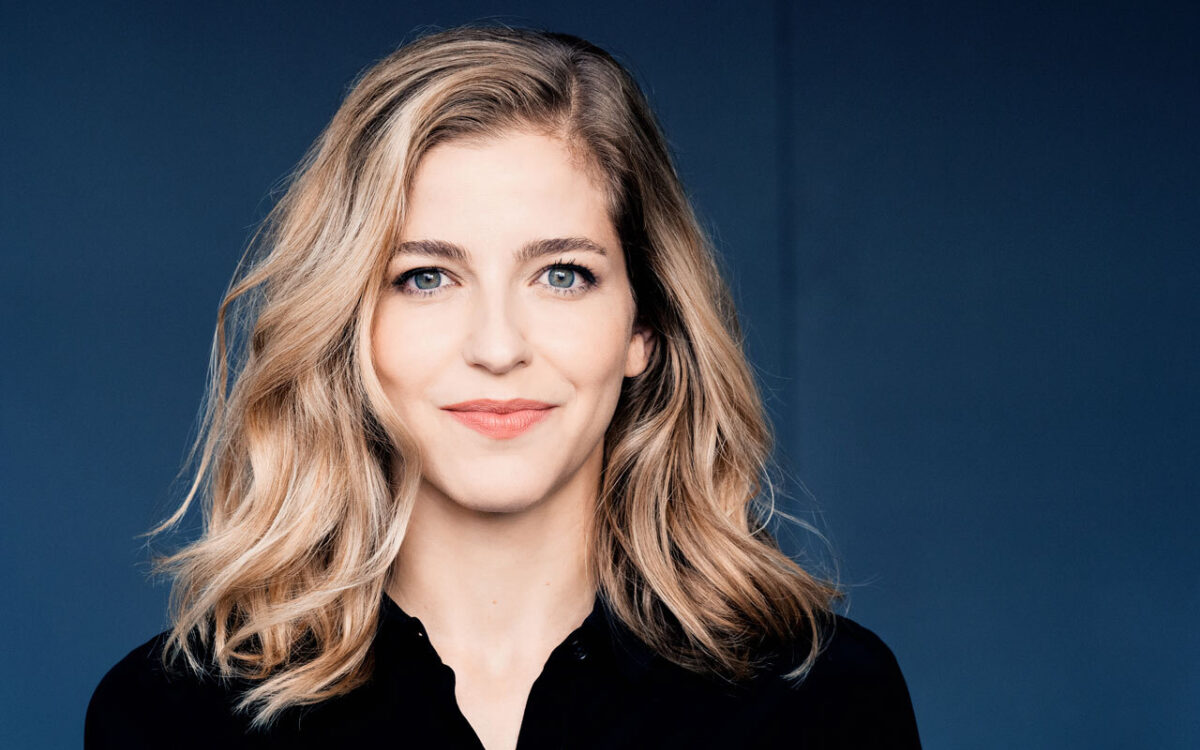Overture to The Creatures of Prometheus, Opus 43
Composition and premiere: Beethoven wrote the music for the ballet The Creatures of Prometheus in 1800-01 at the request of the ballet-master Salvatore Viganò, who had conceived the ballet as a tribute to Empress Maria Theresa, a formidable patron of music and the second wife of Holy Roman Emperor Francis II. The first performance of the ballet took place March 28, 1801, at Vienna’s Burgtheater. The BSO gave the first Tanglewood performance under Pierre Monteux’s direction on August 9, 1958.
Except for a youthful attempt ten years earlier in Bonn, Beethoven’s music for The Creatures of Prometheus was the first theatrical score he composed. It is not entirely clear why the Milanese dancer and ballet designer Salvatore Viganò asked Beethoven to provide the music for his new ballet, which was planned as a tribute to Maria Theresa, second wife to the Emperor Franz of Austria. But the fact that Beethoven’s instantly popular Septet in E-flat, Opus 20—introduced at a concert Beethoven gave for his own benefit at the Vienna Burgtheater on April 2, 1800—was dedicated to the Empress may provide the connection. By this time the 30-year-old Beethoven had made himself a name as a composer of piano and chamber music, but his only significant orchestral scores were the First Symphony and two piano concertos; the symphony and one of the concertos (we don’t know which) were introduced to the Viennese public on the same concert as the Septet. The chance to compose for the theater marked a singular opportunity for the young composer, and he gave the commission a high priority, providing an overture, an introduction, and sixteen musical numbers.
Although the ballet’s popularity was such that it was performed sixteen times in 1801 and thirteen times the following season, all that has come down to us besides Beethoven’s music is a description of the story line, as given in a biography of Viganò by Carlo Ritorni and also in Thayer’s classic biography of the composer:
The foundation of this allegorical ballet is the fable of Prometheus. The philosophers of Greece allude to Prometheus as a lofty soul who drove the people of his time from ignorance, refined them by means of science and the arts, and gave them manners, customs, and morals. As a result of that conception, two statues that have been brought to life are introduced in this ballet; and these, through the might of harmony, are made sensitive to all the passions of human life. Prometheus leads them to Parnassus, in order that Apollo, the god of the fine arts, may enlighten them. Apollo gives them as teachers Amphion, Arion, and Orpheus to instruct them in music, Melpomene to teach them tragedy, Thalia for comedy, Terpsichore and Pan for the shepherd’s dance, and Bacchus for the heroic dance, of which he was the originator.
Beethoven’s overture is comparatively lightweight, given the nature of the subject matter and especially judging by the standards of his later, more frequently played overtures to Coriolan and Egmont. But the opening measures, with their swift strokes beginning as it were in medias res harmonically and so immediately commanding the attention, are a perfect foil to the woodwind melody that follows. Those opening chords may also be heard to anticipate the chordal—though not harmonic—framework for the perpetual-motion Allegro theme to follow, and the initial woodwind melody likewise prepares the second theme of the Allegro. All in all, the five-minute overture makes a perfect curtain-raiser for an evening’s entertainment, even providing a touch of drama when the main theme’s return is clouded by C minor before reverting to the predominant major-mode brightness of the whole.
MARC MANDEL
Marc Mandel joined the staff of the Boston Symphony Orchestra in 1978 and managed the BSO’s program book from 1979 until his retirement as Director of Program Publications in 2020.


